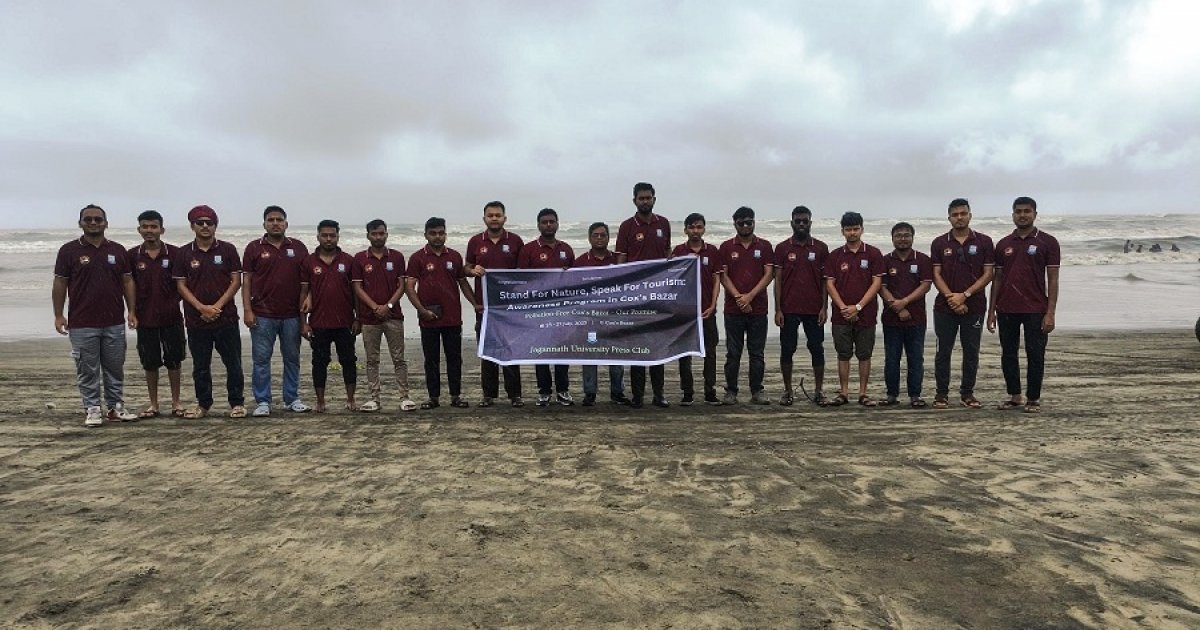Traffic in space? China’s 100,000 satellites have that covered
Traffic in space? China’s 100,000 satellites have that covered. Given that space traffic has increased fourfold in just five years – up from approximately 2,900 in 2019 to over 10,000 as of last year – collision woes are becoming bigger and bigger with every particle passed. That trend would see nearly 50,000 spacecraft leaving our […] The post Traffic in space? China’s 100,000 satellites have that covered appeared first on Supercar Blondie.

Traffic in space? China’s 100,000 satellites have that covered.
Given that space traffic has increased fourfold in just five years – up from approximately 2,900 in 2019 to over 10,000 as of last year – collision woes are becoming bigger and bigger with every particle passed.
That trend would see nearly 50,000 spacecraft leaving our atmosphere in the next five years and edging towards 100,000 satellites and rockets orbiting Earth by 2030.
So how do we stop them all from colliding?
VISIT SBX CARS – View live supercar auctions powered by Supercar Blondie
China is reportedly investing in space traffic infrastructure
China is about to have a lot of unfamiliar traffic.
Not only do they mass produce cars to record figures with new EVs taking over major cities, but XPeng is edging closer to rolling out its flying car, which will create all kinds of new collision woes.
With a keen eye for traffic infrastructure, a company in China is now working on combating overcrowding in space.
With a potential 100,000 satellites operating in low Earth orbit (LEO), the China National Space Administration launched the Commercial Space Innovation Alliance, which intends to study how spacecraft can avoid each other in such a busy space.

“We must meet the demands for rapid and flexible launches, enabling large-scale networking and large-scale operations,” said Meng Lingjie, CNSA Earth Observation and Data Director.
“Once satellites are in orbit, we must prevent collisions, ensure coordinated services among satellites and maintain safe collaboration with satellites operated by international providers.”
“To keep space sustainable, the CNSA is working on a traffic management system to better [organize] satellite placement and operations.
“Without it, overlapping projects and repetitive competition could seriously hurt the industry’s development.”
As to how this will work, the CNSA offered little more – it’s not like we can place traffic lights in the galaxy…

It’s paramount that satellites remain functional and avoid collisions, as the work being done in the wider universe appears to be advancing our knowledge of life as we know it almost every day.
Hopefully, that Tesla Roadster in orbit knows how to pull over at a red light.
The Supercar Blondie team has also been doing some space exploration training as of late, as Sergi Galiano recently documented life as a NASA astronaut-to-be in a spacesuit that costs more than a Lamborghini Huracán. The post Traffic in space? China’s 100,000 satellites have that covered appeared first on Supercar Blondie.
What's Your Reaction?










































